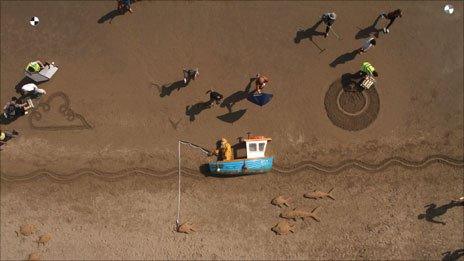400mph jetbike's land speed record attempt delayed
- Published
An animation of what Jet Reaction's world record bid could be like in America in September
A jet-powered bike's attempts to break the British two-wheeled land speed record have been delayed because of bad conditions.
Jet Reaction had hoped to reach speeds of 400mph (643km/h) at Pendine Sands, Carmarthenshire, on Saturday.
The bike was to undergo tests on the beach ahead of a world record attempt in the US in September.
The Jet Reaction team tweeted, external they were hoping for better ground conditions on Sunday to allow a demonstration run.

Jet Reaction tweeted about hopes for better conditions on Sunday, but said it would be a demonstration only
The bike, which has a helicopter turbine engine, was built by Oxford engineer Richard Brown.
He hopes to beat US rider Rocky Robinson's 2010 world record of 376mph (605km/h) during a world land speed record attempt at Bonneville Salt Flats, Utah, USA in the autumn.

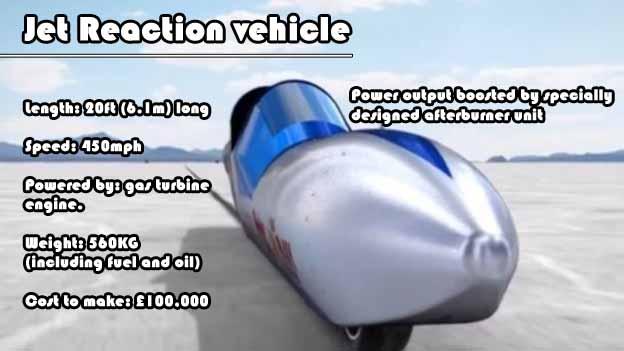
World record rules
In order to break the two-wheeled world land speed record Jet Reaction needs to complete two runs over a distance of around eight miles (12km)
Both runs need to be within two hours of each other, with a one mile (1.6 km) timing trap used to record the speed
An average speed from the two runs is then calculated and used for the final result

The bike, which cost £100,000 and took four years to build, had hoped to challenge a number of British speed records during the test runs in Wales this weekend.
If the bike eventually hits its target speed, it would cover 586ft (178 metres) a second.
Talking about his record bid, engineer Mr Brown said: "A land speed record is one of the finest opportunities any team can have to demonstrate engineering innovation.
"The challenge is to engineer a superior machine making it the best in the world.
"It is also an opportunity to demonstrate how a small team of talented individuals without vast financial support can produce a world-class vehicle."
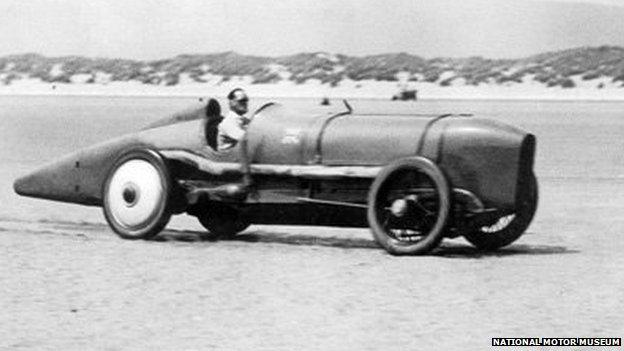
Sir Malcolm Campbell racing the Bluebird in Pendine
Pendine Sands has been used for numerous world speed records over the decades.
The first person to use it for that purpose was Sir Malcolm Campbell on 25 September, 1924.
He set a world land speed record of 146mph (235km/h) in his Sunbeam 350HP car Bluebird.
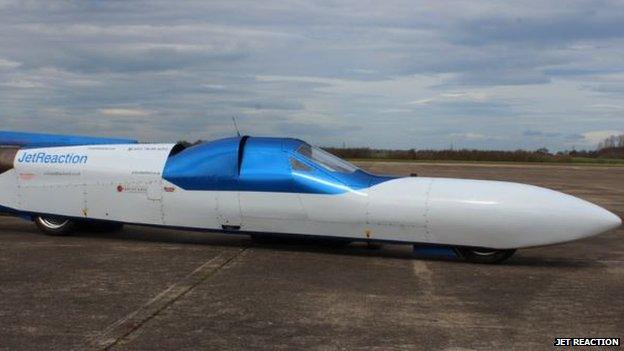
Jet Reaction took four years to be designed and built

The jetbike has a helicopter turbine engine and is expected to top 400mph (640km/h)
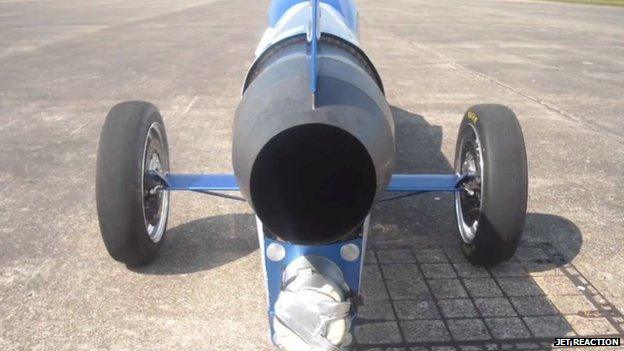
The bike has a specially designed afterburner unit
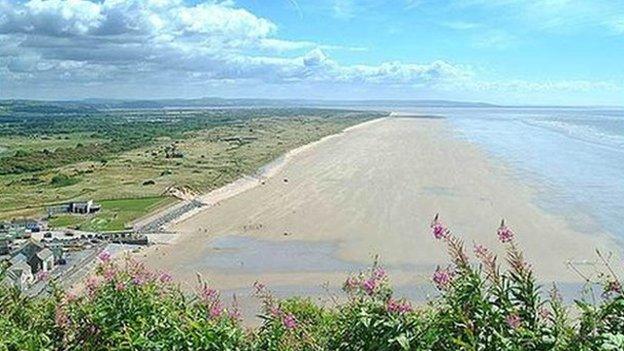
Pendine Sands has been used for numerous land speed records
- Published29 January 2014
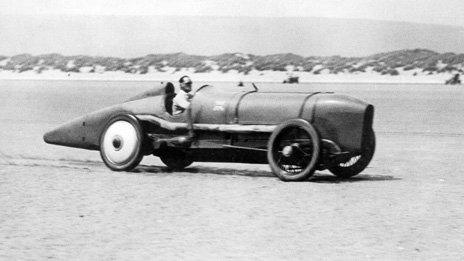
- Published6 August 2011
